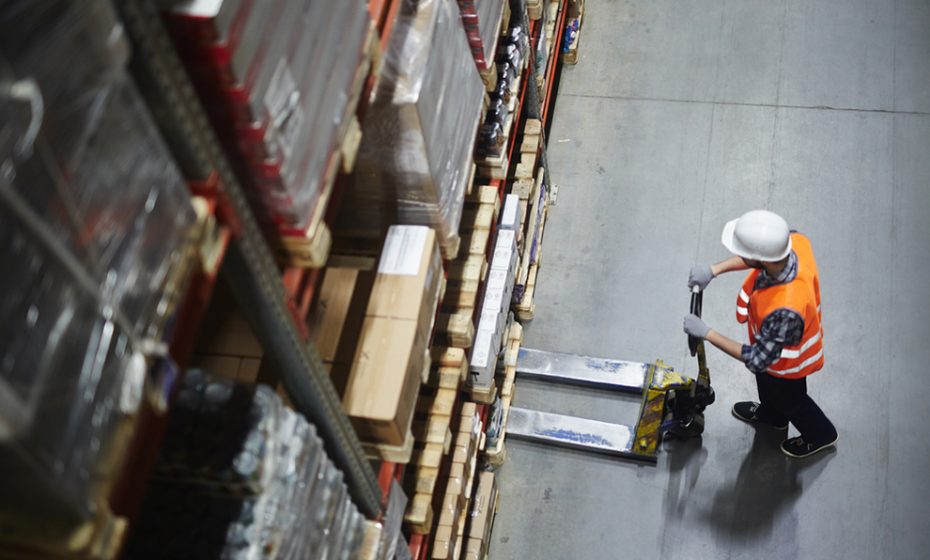
Source: Pressmaster/Shutterstock.com
Order picking accounts for around 50 percent of a warehouse’s labor costs. That’s a lot of time and effort devoted to something as simple as retrieving a product from the shelf. But product picking doesn’t have to be so time-consuming. If you’re having trouble keeping your workers on task and getting products out the door as fast as possible, learn about the differences between wave picking and batch picking, so you can choose the right approach for you and your team.
What Is Wave Picking?
Wave picking is the simplest way to pick items from the shelf. Using this model, a worker collects every item for a single order one SKU at a time. They then send these items back to the loading dock by hand or via a convey belt or cart. Workers usually make their way from one side of the facility to the next when picking in waves.
There are two approaches to wave picking: dynamic wave picking and fixed wave picking. Fixed wave means every item gets held back until the entire wave has been picked. With dynamic waves, workers drop off or send back items as soon as the order is filled. Dynamic wave picking can help you and your team get orders out the way, but these items usually have to sit around for some time before they go out for delivery. You may have to keep extra sorters in the loading dock, so they can package completed orders as they come in.
Wave picking clearly has its advantages. These items are already sorted according to order and destination. Managers can also easily schedule wave orders throughout the day, so the picking doesn’t interfere with other tasks. They can also coordinate picking times with the shipping process, so picked items don’t have to hang out in the loading dock for hours on end.
Regardless of the Option You Pick, You’ll Need Industrial Wire Baskets

Source: Zephyr_p/Shutterstock.com
What Is Batch Picking?
Batch picking is when workers pick items for multiple orders at the same time, so they don’t have to visit the same location more than once. Instead of fulfilling one order at a time, workers grab batches of SKUs. These items will then need to be sorted, manually or via automation, once they reach the loading dock. The warehouse management system will assign SKUs according to the most efficiency picking path.
Batch picking is usually a little faster than wave picking. Workers can retrieve items for multiple orders at once, which decreases your average fulfillment time per order. This approach also helps limit the number of times workers have to visit the same location, so they don’t have to go out of their way. They may only deal with one batch per shift as they bring dozens of different items to the loading dock.
Choosing the Right Approach
Batch picking usually makes the most sense, but it has its limitations. It’s best used when each order contains less than four SKUs and the items tend to be small. If the item is too large or bulky, workers may need to use a lift truck or automation to retrieve it from the shelf. Use industrial wire baskets and carts during batch picking, so your workers can hold dozens of containers at the same time without having to return to the loading dock.

Source: urbans/Shutterstock.com
If you are sending out smaller orders to dozens of different locations, your team will need time to sort incoming items after batch picking. Use a pallet container to ship large quantities of goods to the same location to keep your inventory moving if possible.
Get the Right Pallet Container for Your Business
Wave picking can be an asset when batch picking is no longer feasible. If your facility is made up of thousands of SKUs with products of varying size, your workers may not be able to collect items in batches. They may be forced to pick items in waves because they can only hold so much inventory at a time.
Choosing between the two isn’t always easy. There’s no clear answer. It all depends on the size of your facility, how often you need to send out orders for delivery and what kinds of products you have to sell.
Learn how to start a warehouse business, so you know how these different approaches will affect efficiency.
